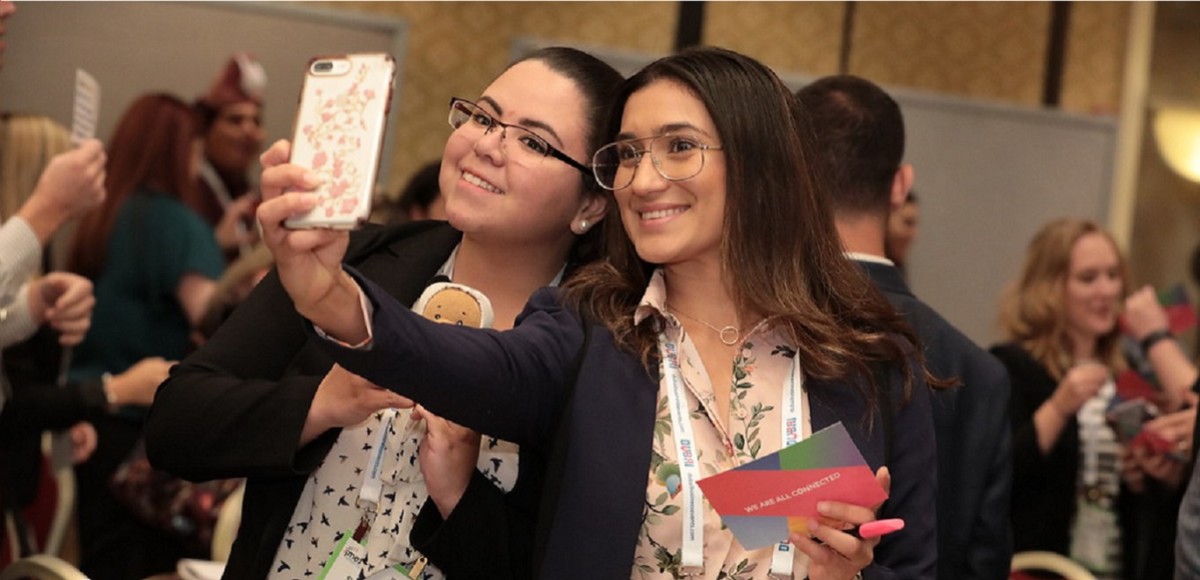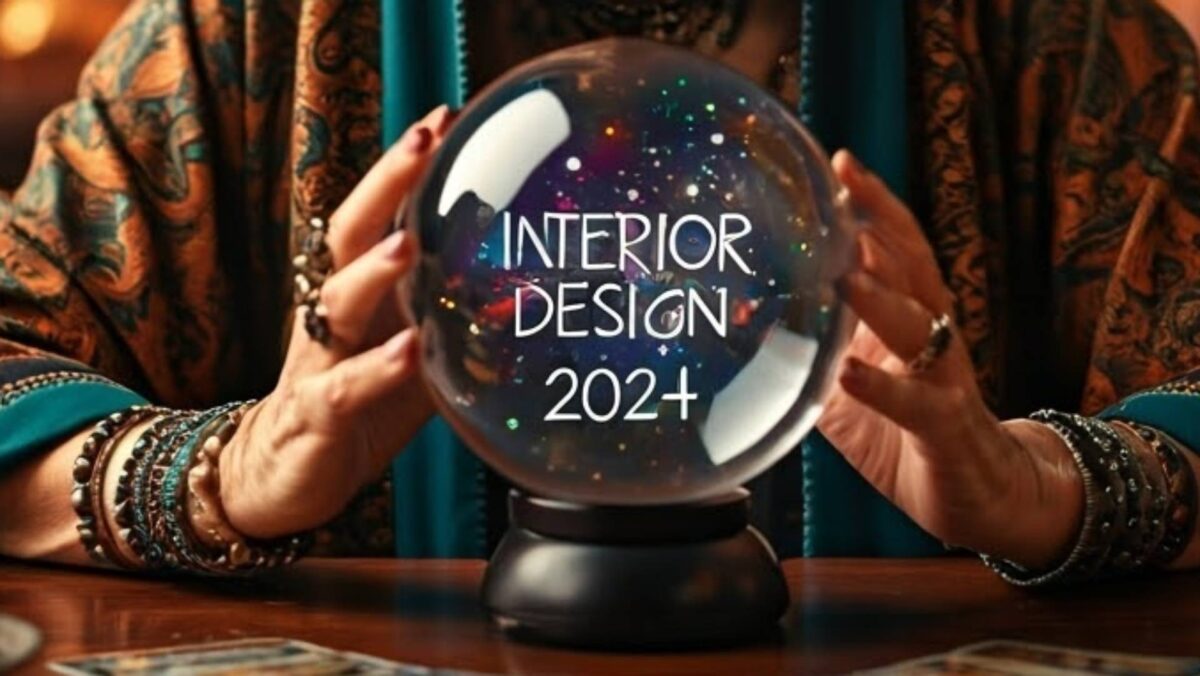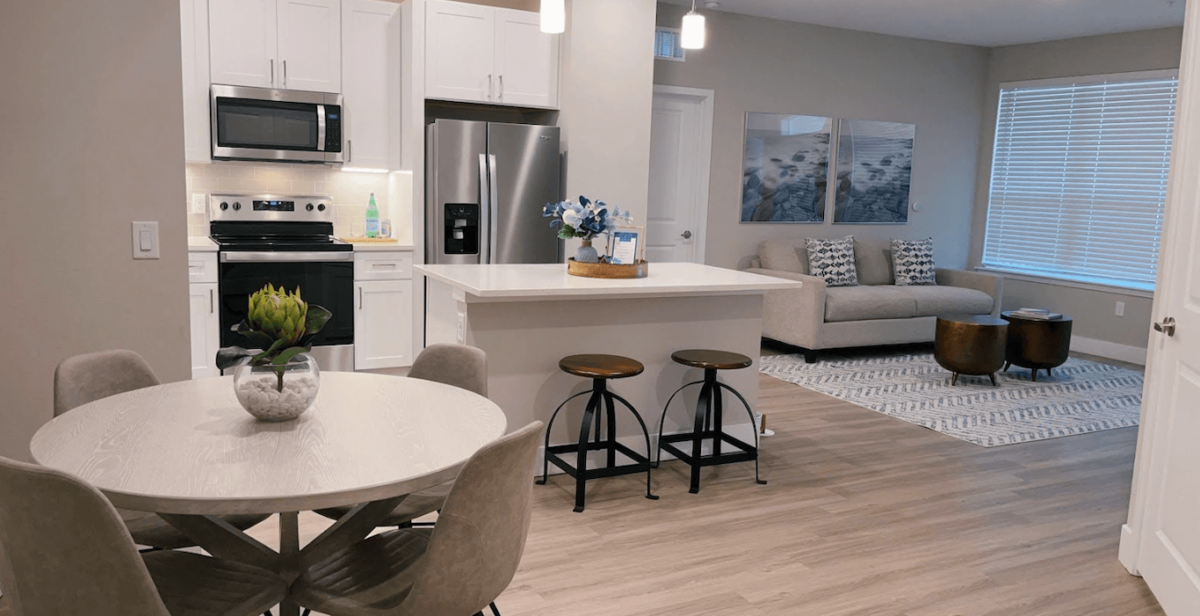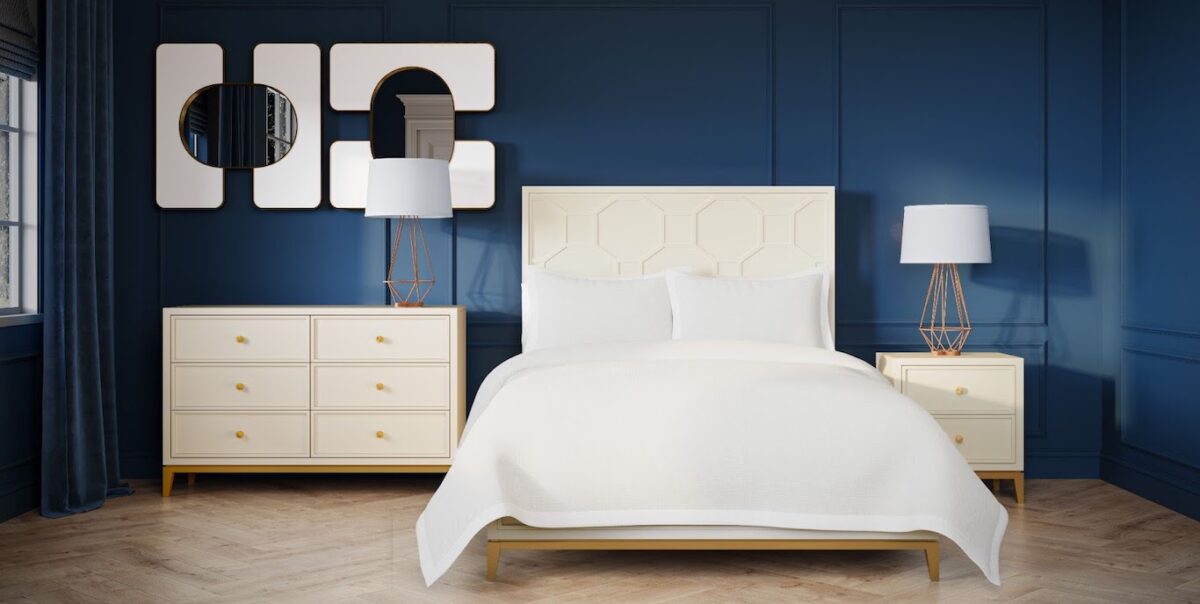Guest blog by Elias Grouhi, Social Tables
As millennials increasingly become decision-makers, traditional meeting and conference formats are radically shifting. Attendees are no longer content with ballrooms or just sitting and listening. They want opportunities to engage, interact, and network. And at the end of the day, they want meetings and events that are Tweet- and Instagram-worthy.
That means event coordinators need to create unique, authentic experiences that are worth sharing — and it all starts with giving attendees choices. Planners are feeling the push. In fact, according to the IACC, 80% of meeting planners report that their job encompasses more experience creation than it did two to five years ago.
Leading events are reinventing themselves as experiences, pinpointing smart strategies that planners can implement in their own work to execute experiential event design.
Experience Design Creates Purposeful Meetings
IMEX is one of the biggest meeting and event exhibitions in the world, and more importantly, it’s the annual event that sets the tone and trends for successful meetings in the year ahead. This year, the theme of IMEX America was “purposeful meetings.”
Purposeful meetings incorporate deeper meaning, innovation, and insight. They also approach the purpose and benefits of a meeting through a more holistic lens. For planners, this means going beyond traditional meeting design by incorporating elements of behavioral science, technology, and health and well-being. But above all, it means creating choices that fall under the umbrella of those holistic themes.
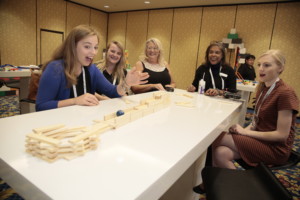
Create smaller stations for personalized creativity and entertainment.
IMEX accomplishes this by creating smaller stations that give attendees a choice in how they want to learn and engage. “Campfires” allow attendees to break out into smaller group sessions with a speaker and peers. The “Lunchtime Live Zone” offers live entertainment such as VR and slow-motion booths. The “Research Pod” brings in industry experts to cover the latest research and trends in small groups. And the “Play Room” gives attendees a chance to interact with the latest tools and techniques in experiential learning.
Incorporate space for people to “check out”.
We’ve all been there: Sitting through speaker after speaker until our brains can’t take it anymore and we end up checked out and disengaged. Attendees need a mental break from content to rejuvenate themselves. Planners need to leave space in the schedule for people to unplug, and they need to create the spaces to make it happen.
Leading events like Dreamforce and IMEX create wellness spaces like the Hilton-sponsored “Be Well” Lounge. Attendees are able to visit the lounge to get massages or take part in guided meditations, rejuvenating them to go back and engage with content head on.
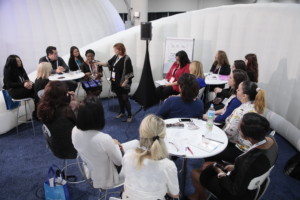
Rethink the idea of a “seat.”
One of the easiest areas to incorporate choice and create unique moods throughout the event is through seating. Some attendees work and learn better standing, some like to sit and focus, others like to lounge and relax. By offering unique and diverse seating options, planners give attendees the opportunity to engage how they want to and change things up.
One great example is TEDxSommerville, where attendees were offered large pillow chairs for the event, which was held at an indoor rock climbing facility. By working closely with a leading supplier like CORT, planners can create similarly unique experiences by sharing the theme and purpose of their event. This lets the supplier become a collaborator and offer unique ideas for how furniture and seating can help bring the experience to life.
Map it all out with event technology.
With added diversity and complexity, comes more difficulty in the planning process. This is where planners need to turn to event technology. Research shows that event technology can help increase event attendance by 20%, increase productivity by 27%, and decrease costs by 20-30%.
By using a collaborative event services solution like Social Tables, planners can help vendors, clients, and exhibitors visualize the space pre-event so that everyone is on the same page. These collaborative tools allow properties and planners to work through layout and planning together in real-time, streamlining communication and cutting down on paperwork. Plus, diagrams can be shared with attendees pre-event so that they’re able to plan out their experiences.
 Don’t be afraid to think outside of the box.
Don’t be afraid to think outside of the box.
While these are some ideas that can help you get started in creating a memorable event experience, the path to a truly unique experience is to incorporate your own ideas that attendees won’t see at other events.
Planners should use these ideas to create a light framework for their thinking, then let their imaginations run wild. The result will be shareable, out-of-the-box experiences that increase retention, sharing, repeat attendance, and overall attendee satisfaction.

Elias Grouhi, Content Marketing Manager
Elias Grouhi is an avid taco enthusiast and the content strategist at Social Tables — the turnkey sales, services, and distribution platform behind three million successful events. With its suite of cloud-based, user-friendly tools, Social Tables makes it easy for properties and planners to communicate, collaborate and bring event magic to life.


